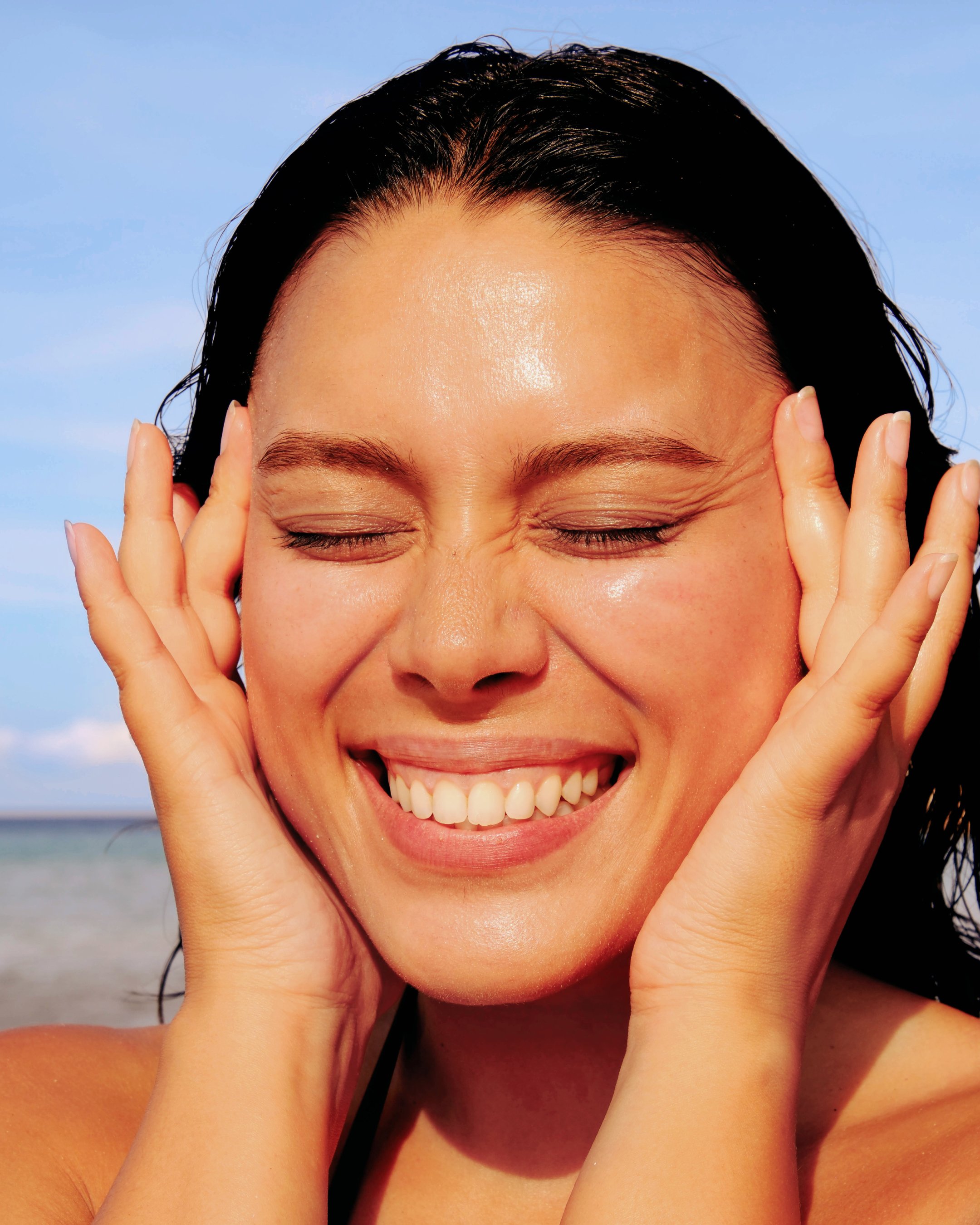What to do if you get sunburnt

Just a few minutes in the sun without sunscreen is enough to damage your skin. But what causes sunburn, and how can you soothe it? Here are our answers to some common sunburn questions, plus Clarins’ expert advice on what to do after overexposure to the sun.
What causes sunburn?
Sunburn is caused by harmful ultraviolet rays from the sun, known as UVA and UVB. Without
Can sunburn scar?
What should I do after a sunburn?
Sunburn can be a painful and highly uncomfortable experience because it can damage nerve endings in the upper layers of the skin. The prickly sensation usually begins between 24 and 78 hours after exposure and can last for a few days. Our range of after-sun products helps to combat the sensation of irritation and soothes burning sensation.
Comforts the skin from the effects of the sun
For sunburnt facial skin, we suggest applying hydrating
For sunburn on your body, try our
Replenish your skin after light sunburn
1. Our comforting after-sun range is perfect for soothing light sunburn and minimizing feelings of ‘hot’ skin following sun exposure. However, keep in mind that these products aren’t designed to treat badly burnt skin. If you feel your sunburn is serious, consult a doctor.
2. Apply an after-sun moisturizer. Even if you haven’t over-exposed your skin, help restore any moisture that may have been lost with a penetrating moisturizer. Aloe vera gel is also a naturally cooling option.
3. Reverse the heat for immediate sunburn relief. Use a cold compress to cool down sunburnt skin and minimize inflammation. This can be a bag of ice cubes wrapped in a towel, a damp washcloth run under cool water, or even a bag of frozen peas. You can also keep a gel ice pack at hand in your freezer.
4. Take a cold shower. Avoid staying in for too long as this can dry out your skin, and use natural soap to preserve your skin’s natural protective oils.
5. Avoid exposure to direct sunlight for a few days to give your skin time to recover.
How to avoid sunburn
The smartest cure for sunburns is prevention! Follow the recommendations below on preventative methods so you can still enjoy your time outdoors to the fullest.
Before and during sun exposure:
1. Always apply a high-performance sunscreen that’s suited to your skin type. It should have an SPF of at least 30 that is formulated for your skin type—even on foggy and overcast days. We recommend having a range of suncare products at hand for different occasions. For example, if you want to wear foundation, opt for one with built-in SPF protection or layer SPF underneath your foundation. For a day at the beach without make-up, be sure to apply a high SPF sunscreen as well as moisturiser. Also read up on which products you shouldn’t wear in the sun.
2. Stay as hydrated as possible. Sun exposure draws fluid to the surface of the skin in the form of perspiration. Losing that moisture dries out your skin, so you need to drink water to replenish and keep your skin plump and supple. You should regularly drink around two litres of water per day (the equivalent of eight glasses) and consume more when it’s hot and sunny.
3. Try to avoid direct sunlight whenever possible. This includes wearing long sleeves and covering up your legs. This is hard to do when you’re out in the open such as a park or the seaside, so bring an umbrella or beach tent to create shade.
4. Wear a hat. We tend to forget that the scalp is a sensitive area of skin that easily gets sunburnt. Look for sun hats made of material with a UPF (ultraviolet protection factor) or tie on a stylish silk or cotton scarf.
